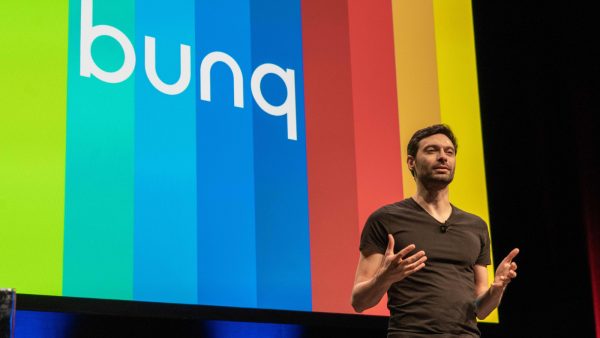Een kleine voetnoot: Verne is natuurlijk Amerikaan. Bepaalde inzichten sluiten misschien meer op de Amerikaanse situatie aan. Hier kennen we natuurlijk de ondernemingsraden als een wettelijke vorm van werknemersinspraak.
When Gabe Fasolino was hired as a plant manager at a $7 million manufacturing company, he heard rumors that there were problems with drug and alcohol use among the workers. Clearly, this was a sensitive situation. A heavy handed approach to cracking down on the abuse could easily put Fasolino into an adversarial relationship with his employees. Wisely recognizing this, he turned to the company’s safety team, made up of hourly production workers, for ideas. They came up with what he describes as “the fairest, simplest, easiest-to-administer substance policy I have ever seen.”
Employee engagement
That experience took place in the late 1990s, but it taught Fasolino, now a business consultant in the Portland, Oregon, an important lesson: Engaged employees are a powerful asset. He’s since turned to workers for ideas on everything from pay scales to profit-sharing plans. “In every case, turnover dropped, while profits and morale soared,” he says. At a $10 million manufacturing firm that had lost $2.4 million over three years, Fasolino tapped employees’ ideas and generated a 25% sales increase in nine months.
Offering employees a say in the decisions that affect them is one of the best tools for engaging their hearts, minds and souls so they are motivated to give their all—and to make better choices as a company. However, many business leaders have let employee engagement fall by the wayside while trying to navigate the post-recession economy—and inadvertently made it harder to achieve the results they want.
A Towers Watson survey of 32,000 employees around the world in 2012 found that only one-third are highly engaged—excited about company goals, energized while they’re at the office and free of obstacles to getting their work done. Another global survey by the consultancy AON Hewitt in 2010 found that engagement was at an all-time low, with employees fatigued by prolonged uncertainty, stress and confusion.
HIGH ENGAGEMENT = HIGH OPERATING MARGINS
When employees are disengaged, performance drops. Towers Watson found that among companies with low engagement, the average operating margin was 9.9%. Those with high “traditional” engagement—where employees were mainly motivated with rewards like a bump in pay—averaged 14.3%. Those with high “sustainable” engagement fared the best, with an average operating margin of 27.4%. This group of companies focused on building a great culture by promoting employees’ well being, treating them with respect, coaching them to improve performance, maintaining honesty and integrity, building a strong reputation and other practices that made employees feel great about coming to work.
22% GREATER RETURNS, ON AVERAGE
These findings were not an anomaly. AON Hewitt also discovered a connection between employee engagement and performance. It found that organizations with high levels of engagement outperformed the stock market and posted returns 22% greater than average in 2010. Those with disengaged employees posted returns 28% lower than average. The survey found that the top three drivers of engagement were career opportunities, recognition at work and brand alignment.
BETTER DECISIONS
Including employees in decision making doesn’t just make them feel better about work—it leads to smoother operations. In Fasolino’s case, his team created a policy in which any workers who showed three signs of substance abuse from a government checklist would have to take a drug and alcohol test. If they failed once, they’d have to go to rehab before returning to work and would be subject to a random drug test during the 12 months after that. If they failed again, they’d be fired. When one employee failed twice, he told Fasolino, “You should fire me.” He and all of the other employees knew that was the only fair course—thanks to the policy they crafted.
UNLEARNING THE LESSONS OF BUSINESS SCHOOL
How can leaders foster greater engagement? The first step is ditching the mindset that many executives learned in business school. “They feel they can get results by telling people what to do,” says Fasolino. This stale thinking is often reinforced by their peers. A boss who complains to other execs about problems with an employee is likely to hear: “You need to fire the guy,” says Fasolino. “They’re not going to say he doesn’t have enough freedom, autonomy and purpose in his job.”
Employees want rules and boundaries, but, at the same time, need to be heard. They want to work toward a mission that’s bigger than earning a paycheck. If your employees are unmotivated and your company is underperforming, now is the time to look within—and turn things around!









